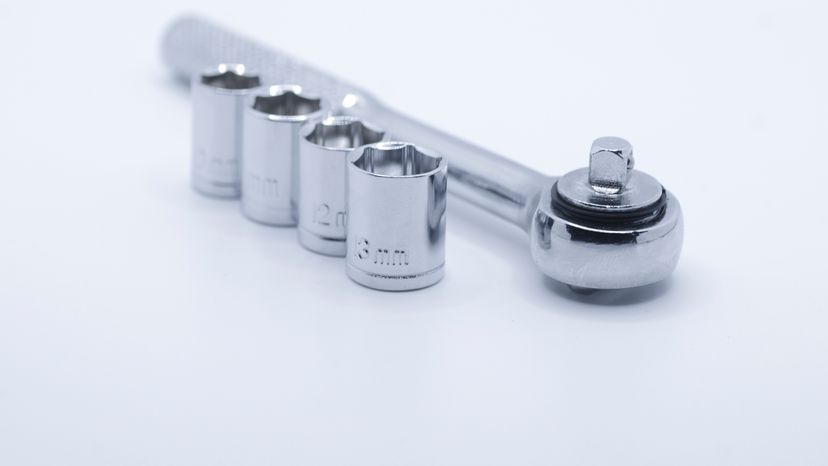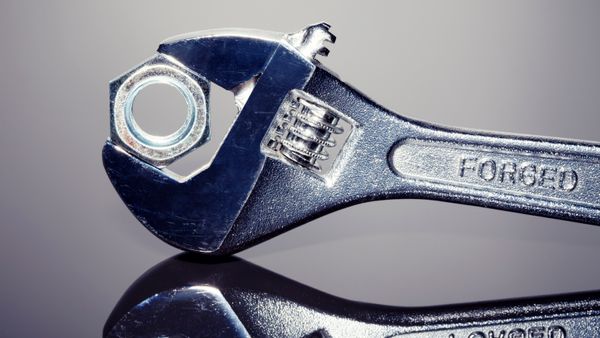
Understanding socket sizes is crucial for anyone from first-time homeowners to DIYers and even car or mechanic enthusiasts. Socket sizes are not just numbers on tools; they're the key to efficiently working on a variety of projects, whether it involves tightening a bolt head or assembling furniture.
This guide aims to demystify the world of socket wrenches, focusing on the differences between SAE and metric sockets and wrenches. It will serve as a comprehensive resource for those beginning their journey into the world of DIY and automotive repair.
Advertisement
Understanding SAE Socket Sizes
SAE socket sizes refer to the Society of Automotive Engineers standards, primarily used in the United States. These sizes are measured in inches and fractions of inches. Common SAE socket sizes range from tiny fractions up to larger sizes and are often marked on the socket's side. SAE sockets are typically used for older American-made vehicles and various machinery.
Metric Sockets and Their Uses
Metric sockets, on the other hand, are based on the metric system and are measured in millimeters. These are the standard in most countries and are commonly used in modern vehicles, regardless of origin. Metric sockets fit precisely on metric fasteners, with sizes typically ranging from small 5mm sockets to larger 19mm ones or more. That said, the most commonly used types are 8 mm, 10 mm, and 14 mm sockets.
The Difference Between SAE and Metric Wrenches
While SAE wrenches are sized in inches, metric wrenches are sized in millimeters. The main difference lies in their application; SAE wrenches are used for SAE fasteners, and metric wrenches for metric fasteners. Using the wrong type can lead to damaging the fastener head or the tool.
Advertisement
